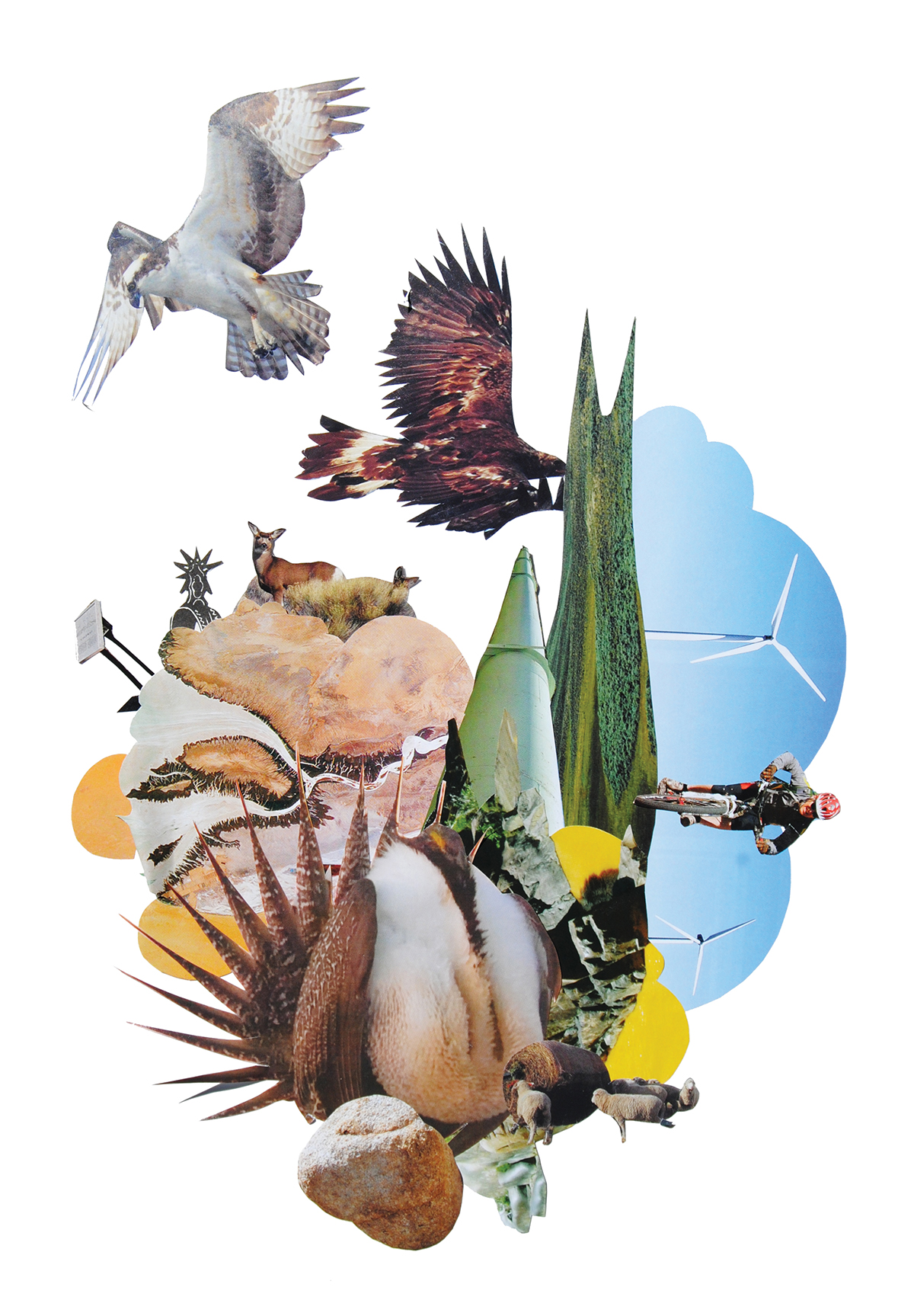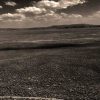Here in the West, we ask a lot of our public lands. As the photo collage on the cover illustrates, we pile demands onto the federal and state lands that surround our communities. These places must provide habitat, sustain wildlife, and protect endangered species; support grazing; produce oil, gas, coal, minerals, and timber; house renewable energy infrastructure; keep watersheds flowing; give us scenic vistas to enjoy and photograph; help us connect with history; and, importantly, harbor the places we love to camp, hunt, hike, run, fish, drive ATVs, ride mountain bikes, rock climb, ski, snowmobile, watch birds, paddle canoes, and much more. Despite the huge extent of these lands, the desires we place on them frequently overlap, in sometimes messy and confusing ways. And as the population of western states continues to grow—and increasingly mobile populations visit from other parts of the country and world—the pressures on these lands will only increase.

In this issue of Western Confluence, we examine how everyday people like you and me interact with the 400 million (plus or minus) acres of federally and state-managed public lands that make up more than half of the surface of the 11 contiguous western states. The following stories consider what our experiences on these western lands mean to us. This issue is less about industry and resource extraction (look at our past issues on energy development, water, forests, and other topics for stories about that) so much as it is about citizens’ personal experiences on public lands.
For example, writer Emily Reed dives into a surprising study from the University of Wyoming’s Business Marketing and Management Department about how people “consume” experiences on Bureau of Land Management lands. Gayle Irwin investigates the ways local resistance to a national monument changed to support over the years. Kit Freedman examines how some small towns in the west are looking to diversify their economies through recreation, which requires getting the right structures in place—from trails to taxation. And Ann Stebner Steele shares an essay about her family’s secret spot in Wyoming’s Red Desert, and what it’s meant to generations of her family to access one certain patch of public land over the years.
Additional stories in this issue—by Josh Morse about human perspectives of mule deer migration, by Steve Smutko about Wyoming’s effort to find permanent designations for wilderness study areas, and by R. McGreggor Cawley about the never-ending Sagebrush Rebellion—touch on the difficulty of finding agreement about the highest and best use of our public lands. But it’s not only how we use these lands. Public lands provide more than resources and services. They’re also the places where we have life-changing moments, from first hunts to nights alone under the stars contemplating the universe, from marriage proposals to seeing our kids connect with the natural world. To that end, public lands management for the future is both about handling overlapping uses and about sustaining the human experiences we can’t get anywhere else.
By Emilene Ostlind
Collages here and on cover by June Glasson


